Supply chain managers must contend with numerous complex and often baffling issues. External events – such as strikes, natural disasters or terrorism – can slow or stop their operations. These are the managers who must plan for supply chain disruptions, and who are front and center when they happen. Logistics expert John Manners-Bell ably provides an A-to-Z report – often hair-raising, never dull – on the hazards inherent in supply chains and how to manage or minimize them. getAbstract recommends his cautionary insights to supply chain managers, their bosses and their suppliers to aid risk planning and risk mitigation.
“Swiss Cheese Model”
The Swiss Cheese Model of accident causation applies to disruptive – and sometimes cataclysmic – “supply chain risks.” To understand such disruptions, look beyond obvious factors – like human error – and examine an event’s context.
Consider this scenario: A road-freight operator delivers an essential manufacturing component one day past its scheduled arrival. Not having it on time halted production, which caused missed sales and idled factory workers. Who or what is responsible? At first glance, the guilty party seems to be the trucking firm, which didn’t meet its delivery goal. However, was the underlying cause a warehousing, routing, dispatching or driver error?
Or did one hole on each slice of Swiss cheese line up, just so, and lead to disaster? The Swiss Cheese Model says to look further. Perhaps senior executives at the manufacturing firm instituted a “lean inventory reduction program,” so as not to lock working capital into stock-on-hand. Maybe they urged the supply chain department to operate in a just-in-time mode with the vendor that supplied the component.
“Latent Conditions”
Although on-time delivery of the component...










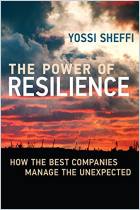
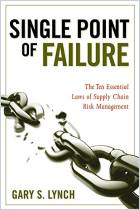
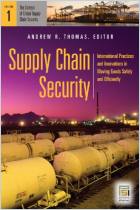
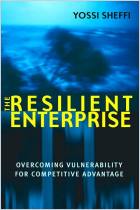
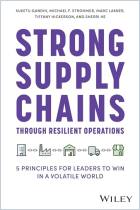
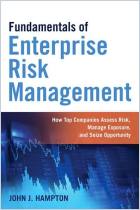



Comment on this summary or 开始讨论